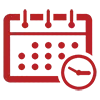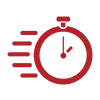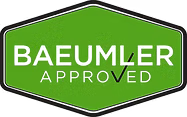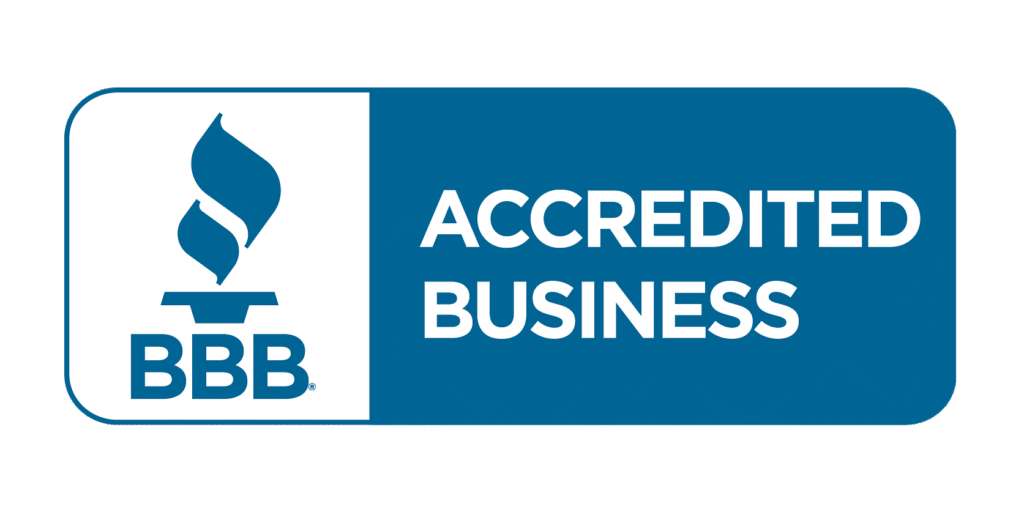Understanding Sewer Backup: What You Need to Know
Sewer backups can be a homeowner’s worst nightmare, especially when they happen without warning. Understanding what a sewer backup is and how it occurs can help us better prepare for such emergencies.
A sewer backup happens when wastewater flows back into your home. This can be because of blockages or damage in the sewer system.
This can happen for several reasons. Tree roots may invade sewer lines. Blockages can occur from non-flushable items. Heavy rainfall can also overwhelm the system.
In Oakville, as in many other places, the aging infrastructure can exacerbate these issues. Many homes may have older pipes that are more susceptible to damage or blockages. Additionally, environmental factors, such as seasonal storms and flooding, can contribute to the likelihood of a water sewer backup. Being aware of these risks enables us to take proactive measures to protect our homes.
Understanding the difference between a flood sewer backup and a simple plumbing issue is crucial. While a clogged drain might seem like a minor inconvenience, it’s essential to recognize the signs of a larger problem. Knowing when to get professional help can stop more damage. It also keeps everyone in the household safe and healthy.
Signs and Symptoms of a Sewage Backup Emergency
Recognizing the signs of a sewage backup early can save us from severe damage and costly repairs. Common indicators show that multiple drains in the home clog simultaneously. If your sinks, toilets, and bathtubs are draining slowly or not at all, it could mean a sewer backup.
Another symptom to watch out for is foul odours emanating from drains or toilets. These smells are often a result of sewage gas escaping from the plumbing system, indicating a blockage or backup. If a strong, unpleasant odour persists in your home, it’s important to address it immediately.
Additionally, unusual sounds coming from the plumbing system, such as gurgling noises, can be a warning sign. These noises often indicate trapped air in the system because of a blockage. Keeping an ear out for these sounds can help us identify a problem before it escalates. Being vigilant about these signs can make a significant difference in managing sewer backups effectively.
Immediate Actions to Take During a Sewer Backup Emergency
If there is a sewer backup, acting fast can reduce damage and keep everyone in the home safe. First, stop using water in the house immediately. This includes avoiding flushing toilets, running faucets, or using any appliances that require water. Ceasing water usage prevents additional sewage from entering the home.
Next, you must take steps to protect the areas that are most likely to be affected. Move valuables and furniture away from the affected areas and use sandbags or barriers to prevent sewage from spreading. If the backup is severe, consider evacuating the affected area to avoid exposure to harmful bacteria and pathogens.
Contact a professional plumber as soon as possible. While it’s crucial to take immediate action, resolving a sewer backup often requires specialized equipment and expertise. A plumber can look at the problem, find the cause, and make the needed repairs to fix your home’s plumbing.
Safety Precautions and Protective Gear
Safety should be a top priority during a sewage backup emergency. Exposure to sewage can pose serious health risks, including infections and respiratory issues. Wearing appropriate protective gear is essential for anyone who needs to enter the affected area. Recommended gear includes rubber gloves, waterproof boots, eye protection, and a mask to prevent inhalation of harmful gases.
Also, it is important to ventilate the area by opening windows and doors to allow fresh air to circulate. This helps disperse any hazardous gases that may be present. Additionally, avoid using electrical appliances in the affected area to prevent electrical shocks and fires.
If you’re unsure about the safety of entering the area, it’s best to wait for professional help. Plumbers and cleanup crews know how to handle these situations safely. They have the right tools to manage the risks well. Prioritizing safety can protect us from potential health hazards and ensure a more efficient cleanup process.
How to Prevent Sewer Backups in Your Home
Prevention is always better than dealing with the aftermath of a sewer backup. Regular maintenance of your plumbing system can significantly reduce the risk of blockages and backups. Think about setting up regular inspections with a plumber. They can check for any wear or damage in your pipes.
Being mindful of what we flush down the drains is another crucial preventive measure. Avoid disposing of non-flushable items, such as paper towels, sanitary products, and grease, in the toilet or sink. Educating family members about these practices can help maintain a healthy plumbing system.
Installing a sewer backup valve can also be an effective way to prevent Oakville sewer backups. This device allows sewage to flow out of the house while preventing it from flowing back in. Talking to a plumber about putting in a backwater valve can give you peace of mind and protect your home.
Professional Help: When to Call a Plumber
Knowing when to call a professional plumber can make all the difference in managing an Oakville sewer backup effectively. If we notice persistent drainage issues, foul odours, or unusual sounds, it’s time to seek expert assistance. A plumber can diagnose the problem and provide the necessary repairs to prevent further damage.
In addition to emergencies, it’s beneficial to consult a plumber for routine maintenance and inspections. Regular check-ups can identify potential issues before they escalate, saving us from costly repairs and disruptions. A professional plumber can offer valuable advice on maintaining a healthy plumbing system and preventing future backups.
During a sewer backup emergency, it’s important to contact a plumber immediately. Delaying professional intervention can lead to more extensive damage and increased health risks. Having the contact information of a reliable plumber on hand ensures we can respond quickly to any plumbing emergencies.
Cleaning Up After a Sewage Backup
Cleaning up after a sewage backup is a daunting task that requires careful attention to detail. Beginning the sewer backup cleanup process as soon as it is safe to do so is essential to prevent further damage and health hazards. Start by removing any standing water and sewage from the affected area. You can use pumps, wet vacuums, or mops to do this.
After removing the water, it is important to clean and disinfect all surfaces that touched the sewage. Use a mixture of water and bleach or a commercial disinfectant to disinfect floors, walls, and any affected items. Wearing protective gear during this process is crucial to avoid exposure to harmful bacteria.
In some cases, professional cleanup services may be necessary, especially if the damage is extensive. These services have the expertise and equipment to ensure a thorough and safe cleanup. Hiring professionals can give you peace of mind. They will make sure the area is safe and livable again.
Insurance Considerations for Sewer Backup Damage
Understanding your insurance coverage is an important aspect of managing sewer backup damage. Many standard homeowners’ insurance policies do not cover sewer backups.
Checking your policy is important. Consider adding sewer backup coverage if you do not include it. This additional coverage can provide financial protection if damage from a backup occurs.
When dealing with a sewer backup, documenting the damage is essential for insurance claims. Take photographs and make detailed notes of the affected areas and items. This documentation will be valuable when filing a claim and can help expedite the process.
They can provide guidance on the claims process and may send an adjuster to assess the damage. Knowing your policy and being ready can make recovery easier. It can also help pay for cleanup and repairs.
Long-term Solutions to Avoid Future Sewage Backups
Implementing long-term solutions can significantly reduce the risk of future sewage backups. One effective strategy is to upgrade your plumbing system, especially if your home sewer backup has older pipes that are prone to damage. Replacing outdated pipes with modern, durable materials can provide added protection against backups.
Regular maintenance and inspections are also crucial for preventing future issues. Schedule routine check-ups with a plumber to identify and address potential problems before they escalate. Consistent maintenance can extend the lifespan of your plumbing system and minimize the risk of backups.
Educating yourself and your family about proper waste disposal and plumbing practices can also contribute to long-term prevention. By being careful about what goes down the drains and toilets, we can keep our plumbing system healthy. This also helps reduce blockages and backups.
Contact CPR24 Restoration today!
Being prepared for sewer emergencies can make a significant difference in how we handle these challenging situations. By knowing the causes and signs of a sewer backup, we can take quick action. This helps protect our homes and loved ones from harm. Our IICRC-certified team is ready to assist you 24/7!
We encourage you to review your current preventive measures and take any necessary steps to enhance your home’s protection. Installing a backwater valve, scheduling regular inspections, or updating your insurance can give you peace of mind.
If you ever face a sewer backup emergency, remember that you’re not alone. Professional help is always available, and taking swift action can minimize damage and ensure a safe and efficient recovery. Stay informed, stay alert, and stay prepared to protect your home and family from the challenges of a sewer backup in the basement.
Call to Action: If you haven’t done so, think about calling a plumber. Schedule a routine check of your plumbing system. A small step can make a significant impact in preventing sewer backups and ensuring the safety of your home. Stay proactive and protect your investment today!















